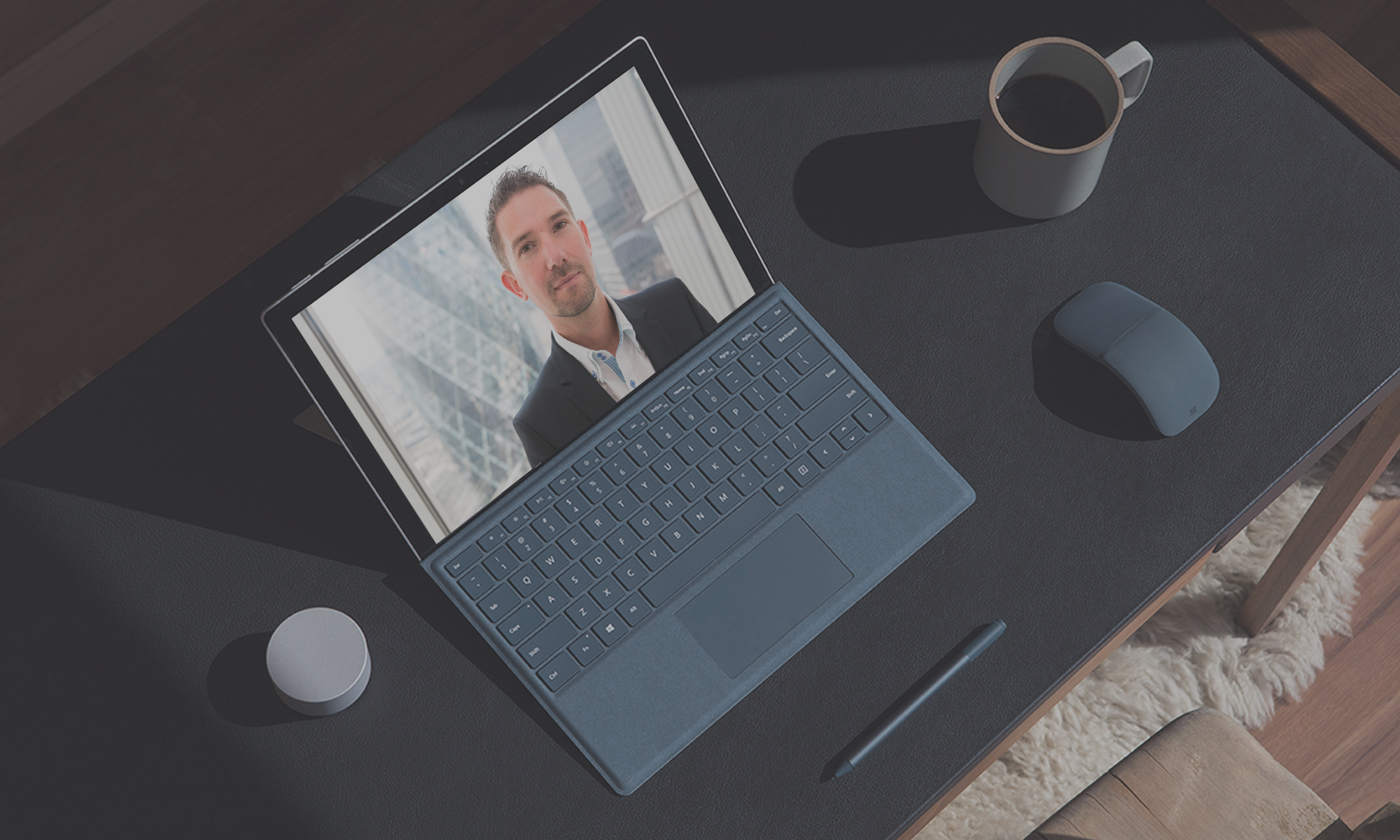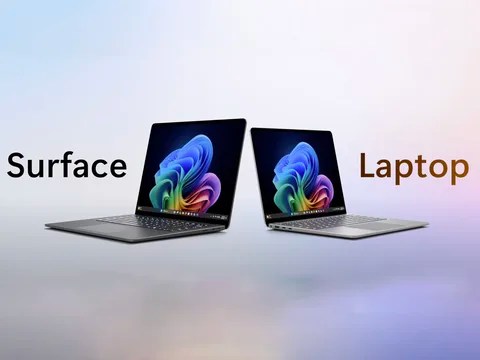On October 14th 2025, Windows 10 officially reached end of support. If you still have a PC/Laptop running Windows 10, it will not suddenly stop working – but unless you have enabled (consumer) or purchased (commercial) extended security updates, there will be no more security updates, no more feature improvements, and no AI innovation.
If your device can support Windows 11, then now is the time to upgrade – after all Windows 10 is more than 10 year olds. That’s like choosing to stick to Apple iOS 9!!!
If your device is too old, or doesnt meet the requirements to run Windows 10, then see this as an opportunity to move forward into the AI revolution of Copilot+ (AI) PCs and Windows 11 25H2. Its a big change for good and there’s so much more coming. With Windows 11 and Copilot+PCs from Microsoft, Dell, HP, Lenovo etc, every PC becomes an AI PC, ready to embrace the next evolution of IT and computing.
WHY BUY A NEW COPILOT+PC?
Investing in a new Windows 11 PC doesn’t just mean staying secure and compliant and adopting a new Start Menu interface. Think of it like the investment you make in a new phone, TV or other tech appliance. be excited, embrace the new features and I promise you won’t look back…
The changes are huge, 10 years of new innovation in the OS level (Windows 11 is already 5 years mature) and in hardware – which has advanced a long long way in 10 years (as I am sure your phone has!)
WINDOWS 11 ON COPILOT+PC BRINGS AI FRONT AND CENTRE
Fact – Windows 11 devices are signifantly faster, more secure, and designed for the future of how we work, play, create and consume content.
Windows 10 was created way before the World of Generative AI tools was even comprehended. OK – we had early versions of Alexa, Siri and we’d experienced Cortana when Windows 10 came to market…but nothing like the rapid world of Generative AI we find ourselves immersed in today – with tools like ChatGPT, Claude and Copilot, and AI “baked” into almost every app or service we consume. Like it or not, we are in the age of AI – and it’s advancing quickly!
Windows 11 is at the forefront of the new era of computing where AI is built into the Operating System (and not layered on). With Windows 11, AI is being infused deeper and deeper, securley into the OS. Context aware, application aware, personalised, secure and ready to help (or not if you choose), right out of the box. Unlike some of the other free products out there, Microsoft runs and adheres to trust and privacy and user choice. As the user you control what Copilot can do, see, interact and work.
With Copilot in Windows, every device is an AI PC . Any new device you buy today, whether Surface, Dell, Lenovo or your other choice (I choose Surface everytime), you get a plethora of new experiences powered by Windows 11, and a mix of local and cloud-based AI models, including:
NATURAL INTERACTION
With Copilot, you can talk or type. Not only does your device understands you, it understands your context, is truly conversational, can work “with” your applications (Copilot Vision) and help with research, creation and far more. You can “invoke” Copilot with the Copilot key or by saying “hey Copilot”. This opens up Copilot in Windows.

COPILOT VISION
This is clever, but a real game changer once you start to use it. With Copilot Vision, you can allow (user choice always) Copilot to see you screen, browser tab or application and then work with Copilot in many ways as a companion or tech friend! It can help you edit a photo, give feedback on a presentation or email, assist you use an application all in real time with real context. In the example below, I am using Copilot Vision to help me understand how to add a chart to a spreadsheet. You can see how Copilot understands the app I am in, knows how to use it and guides me side by side – pretty awesome!
COPILOT ACTIONS
Another one that take a bit of time to get your head round, but once you do …. “wow“. With Copilot Actions, (which is in preview now so will only get better), Copilot can take control of your device (or app) and take action on your behalf. It can open files, search the web and even (with permission) book hotels, restaurants and extracting data from one document to another. Give this a try – it’s awesome (you need to do this from https://copilot.microsoft.com.)
OPERATING SYSTEM INTEGRATION
Copilot is now deeply integrated into Windows, Office apps and everywhere you choose to use it. The latest Windows 11 25H2 insider update sees Copilot now part of the taskbar experience, Windows Settings, and File Explorer. You can invove it with a voice command, press of the Copilot Key or traditional opening of the app. You can ask Copilot to help with things like “make my screen easier to read” or “turn on focus mode” or “change my screen orientation” and it will guide you directly to the right settings.

COPILOT HELPS GAMERS
For PC Gamers (and also coming soon to Xbox), Copilot can run along side your game, offering tips, recommendations, and insights without leaving your game.
You can see with the examples above, as Windows 11 development continues, as AI tools mature and with more AI ready PCs hit the market, AI is being woven into the very fabric of Windows OS.
MAKE SURE YOUR NEW PC IS A COPILOT+PC
What makes a Copilot+ PC different isn’t just the badge on the box, its the significant change in PC design that Windows 11 and Copilot can enable and leverage to take advantage of this new wave of technology shift. Powered by the AI’s brain – the dedicated neural processing unit (NPU) inside every Copilot+ PC.
WHAT THE NPU IN YOUR COPILOT+ PC CAN DO
The NPU in your new Copilot+ PC means your device can not only run cloud based AI tools, but can also run AI models locally.
You might ask why? Well, today, this translates into faster, more private experiences like live captions (for any audio or video playback), the best quality background noise removal, and image editing that happens instantly on your device.
This is just the start though. Copilot+ PCs enable the “what is coming next”. We are seeing increasingly powerful local AI models that will run directly on your device, tailored to your data, your workflows, the application and your preferences without needing to be online, without the need for an “AI subscription” and without worrying about privacy and data sharing.
As the software and local models develop, the near future with Copilot +PCs will bring a future where your Windows 11 device can summarise a day’s worth of meetings, generate creative assets, or even coach you through a presentation – all without sending sensitive information anywhere or while you are offline. This is what the NPU and why Copilot+ PCs matters. This is the infrastructure for the future of personal, school, and work computing. It will innovate and transform just like the Internet did (and has). It is not just about what AI can do today, but about have a device that supports the foundation for the next decade of computing. We are entering the age of AI and more importantly AI at the Edge.
AI AT THE EDGE AND WHY IT MATTERS
This is where things get really exciting—because the shift to local AI isn’t just a technical upgrade, it’s a fundamental change in how both businesses and consumers will use PCs.
EDGE AI FOR BUSINESS
- Data sovereignty & compliance: Running AI models locally means sensitive data never has to leave the device. That’s a huge win for industries like finance, healthcare, and government, where compliance and privacy are non‑negotiable.
- Performance at the edge: Instead of waiting for cloud round‑trips, AI workloads can be processed instantly on the device. Think real‑time transcription in meetings, instant document summarisation, or on‑the‑fly image generation—all without latency.
- Cost efficiency: Cloud AI is powerful, but it’s also expensive at scale. Local AI shifts some of that compute to the endpoint, reducing dependency on cloud cycles and helping organisations balance cost with capability.
- Customisation: Businesses will be able to deploy domain‑specific models tuned to their workflows—legal, medical, engineering—directly onto devices, creating a new layer of productivity that’s both personal and enterprise‑ready.
EDGE AI FOR CONSUMERS
- Privacy by default: Your personal notes, photos, and conversations can be processed locally, without being uploaded. That builds trust and makes AI feel less intrusive.
- Always‑on intelligence: With NPUs sipping power, AI features like live captions, translation, or accessibility tools can run continuously without draining battery.
- Personalised experiences: Local models can adapt to your habits—how you write, what you search for, how you game—without needing to share that data externally.
- Offline capability: Imagine Copilot summarising a PDF on a flight, or generating a study guide for your child without an internet connection. That’s the kind of resilience local AI unlocks.
LOOKING AHEAD
The future of AI PCs is about hybrid intelligence: the best of local and cloud working together. Local NPUs will handle everyday, personal, and privacy‑sensitive tasks, while the cloud will still power massive, general‑purpose models when needed. Over time, we’ll see:
- Smaller, more efficient models designed to run entirely on‑device.
- App ecosystems that treat the NPU as a key part of the chipset – with AI‑powered creativity, productivity, and accessibility tools baked in.
- Consumer‑grade AI assistants that feel more personal, because they’re trained on your device context, not just the cloud.
- Enterprise‑ready AI platforms where every employee has a secure, AI‑enabled partner at their fingertips with world class security and privacy.
Copilot+PCs like Surface Pro and Surface Laptop, are designed not just for performance, but for AI. With dedicated NPUs (neural processing units), Copilot+ PCs can run AI workloads locally – faster, more securely, and with less battery drain. Plus, it is built on the most secure version of Windows ever, with Microsoft’s Secure Future Initiative ensuring privacy and protection by design.
MY PERSPECTIVE AS AN MVP
As someone who spends their days working with technology, helping organisations, consumers, creators, educators and young people align technology with work, strategy and life, I see the future of computing with AI PCs as so much more just a product refresh cycle and new Operating System. This is a fundamental shift in how we think about the role of a PC – both in work, in the home and at school.
As a Microsoft MVP for Surface and for Microsoft 365 Copilot, I’ve had the privilege of seeing these innovations up close, from early previews at MVP Summit to hands-on testing with Copilot+ PCs. The integration of AI into Windows isn’t hype – it’s here, it’s practical, and it’s already changing how people work, learn, and create.










